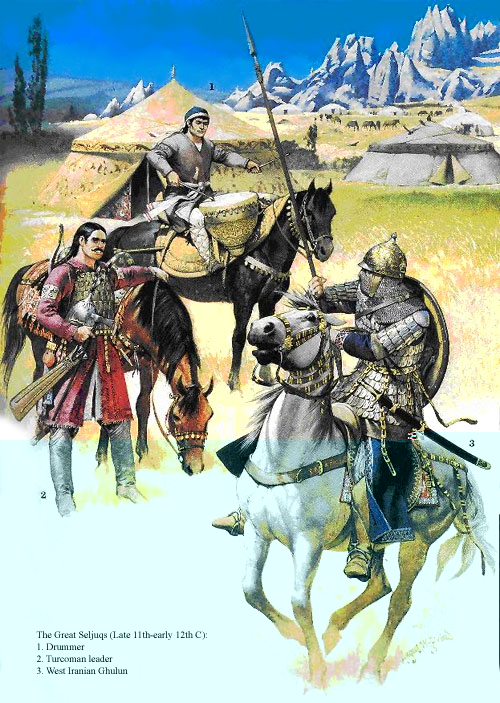Originally posted by Ottoman
View Post
 Who says Macedonians are "pure" anything? Please don't invent such nonsense and stick to facts here on MTO. We (some of us, IMO, the more enlightened ones!) say we are predominantly of indigenous stock and I have yet to see/hear anyone claim "pure" anything.
Who says Macedonians are "pure" anything? Please don't invent such nonsense and stick to facts here on MTO. We (some of us, IMO, the more enlightened ones!) say we are predominantly of indigenous stock and I have yet to see/hear anyone claim "pure" anything.Im just telling you facts, Kemals bloodline is Turkmen he is not mixed, the Huns who came to Europe do got mixed.

Mustafa Kemal, the blue-eyed "pure Turkmen"?


Seljuk Warrior

Seljuk Warrior

Seljuk Turk Empire circa 1100 AD
for example Attila himself was a pure Turk
but still the first Huns who came to Europe were Turkic peoples from the east.










Comment